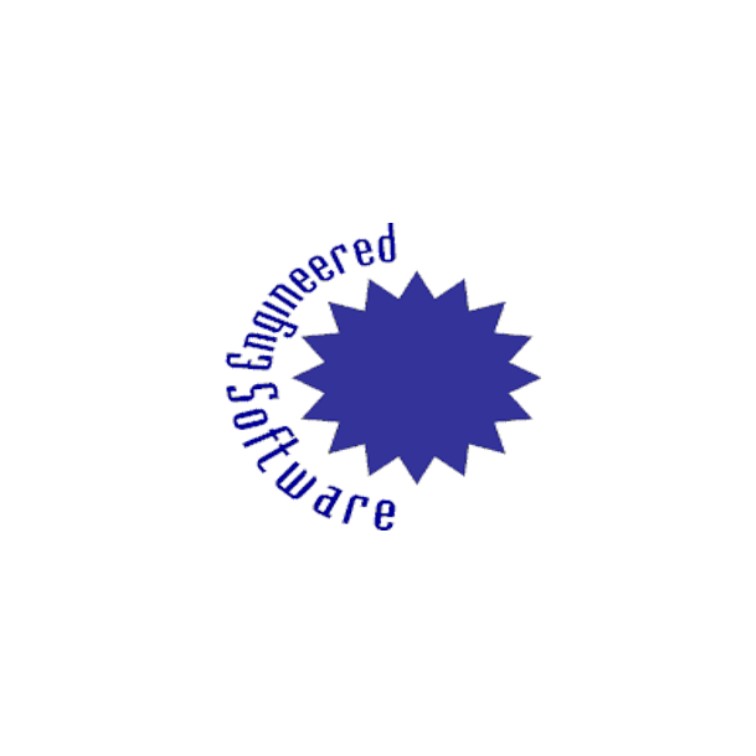Measurement Assurance 量測保證分析軟體

- Measurement Assurance 量測保證分析軟體
-
類別統計分析軟體
-
介紹這個軟件解決了你所有的測量系統分析需求。該軟件友好且易於使用,支持汽車工業行動小組(AIAG)測量系統分析一書中詳述的分析技術。它還配備了一本手冊,以易於理解的語言解釋這些技術。
Measurement Assurance Measurement Assurance Analysis Software
Each of the procedures below contain graphics that can be customized with easy to use dialog tabs. When your analysis is complete, use the Report Writer to create custom output in a
format compatible with major word processors, rich text
and HTML.
Bias
To determine gage bias, a reference standard with a known
value is necessary. Measure the part on the gage being tested
a minimum of 10 times, and preferably more than 30 times.
The greater the number of measurements, the greater the
accuracy. In virtually every case, there will be bias, however,
the bias may not be statistically significant. The significance
is tested using the t-distribution, and increasing the number
of measurements increases the discriminatory power of the
t-test.Input the measured values into the Gage Bias spreadsheet
along with the reference value and the process variance and
process tolerance if desired, click the Compute Bias button,
and the biasstudy is complete. Click the print icon, and the
results appear in the Report Writer. Right-click on the graph,
and a tabbed dialog box appears that allows you to customize
the graph.
Linearity
To determine linearity, several trials must be made with several
standards. The standards must span the operating range of the
gage. To analyze the data, select Procedures than Linearity from
the menu. The Linearity screen is shown below with sample data.
Repeatability & Reproducibility
Select "Procedures" then“Repeatability & Reproducibility”
from the menu and enter your data. An example Repeatability
&Reproducibility screen is shown below. In the “Method” frame,
the “ANOVA Method” or the “Range & Average Method” can be
selected for analysis. The ANOVA method is used as the default because it is more accurate. In the“Based On”frame, the analysis can be conducted using the process variation or the process tolerance; process variation is the default. The default output is the
99%R&R index. The level of the index can be changed from 99%
to anydesired level using the“Index Level”box on the toolbar.
Design a Gage Capability Study
To design an R&R study select Procedures then Design R&R
Study from the menu, and the following screen will appear.

系統需求
Required Operating System: Windows XP or later

Measurement Assurance 量測保證分析軟體
下面的每個過程都包含 可以使用易於使用的對話框選項卡進行自定義的圖形。分析完成後,使用報告編寫器以與主要文字處理器、富文本和 HTML 兼容的格式創建自定義輸出。
偏見
為了確定量具偏差,需要一個具有已知值的參考標準。測量被測量具上的零件至少 10 次,最好超過 30 次。測量次數越多,精度越高。幾乎在所有情況下,都會存在偏差,但是,偏差可能在統計上並不顯著。使用t分佈測試顯著性,增加測量次數會增加t檢驗的判別力。
如果需要,將測量值連同參考值、過程方差和過程公差一起輸入到量具偏差電子表格中,單擊“計算偏差”按鈕,偏差研究就完成了。單擊打印圖標,結果顯示在Report Writer 中。右鍵單擊圖形,將出現一個選項卡式對話框,允許您自定義圖形。
線性度
了確定線性,必須使用多個標准進行多次試驗。標準必須跨越量具的工作範圍。要分析數據,請從菜單中選擇程序而不是線性。的 線性屏幕被示出在下面的樣本數據。
重複性 和再現性
從菜單中選擇“程序“,然後選擇;重複性和再現性;並輸入您的數據。重複性和再現性屏幕示例如下所示。在“方法”框中,可以選擇“方差分析法”或“範圍平均法”進行分析。ANOVA 方法被用作默認值,因為它更準確。在“基於”框架中,可以使用工藝變異或工藝公差進行分析;過程變異是默認設置。默認輸出是 99% 的 R&R 指數。使用工具欄上的“索引級別”框可以將索引級別從 99% 更改為任何所需級別。
設計量具能力研究
要設計R&R 研究,從菜單中選擇程序,然後選擇設計 R&R 研究,將出現以下屏幕。

XLSTAT2021.1 統計應用軟體
Basic 解決方案是一種價格具有競爭力的入門解決方案,其中包含 100 多種基本統計工具,可讓您深入了解數據。 您將受益於數據 準備和可視化 工具、參數和非參數 測試、建模方法(方差分析、回歸、廣義線性模型、非線性模型)、數據 挖掘功能(主成分分析、對應分析……)和聚類方法(凝聚層次聚類) , K 均值...)。 每個基本功能也可在其他 XLSTAT 解決方案中使用。
SuperSMITH® 5.0AZ 可靠度分析軟體
SuperSMITH®軟件在5.0AZ及更高版本中具有新外觀。全球首個廣泛使用的Weibull工程軟件的製造商Fulton Findings LLC,已經為SuperSMITH Weibull和SuperSMITH Visual提供了更加緊密集成的用戶界面,從而向前邁進了一步。下面顯示的新圖標佈局將通用功能與用於可變性建模,趨勢分析和預測的獨特工具合併在一起。熟悉的數據網格(數據輸入和數據編輯)和結果框(圖表和報告)幾乎保持不變。更改涉及以簡化的方式將較大尺寸的圖標與關聯的下拉菜單集成在一起。保留了所有以前的功能,並在Abernethy Risk,加速測試,Barringer過程可靠性和Monte Carlo Simulation等專業領域中添加了新功能。
MLwiN 3.05 多層次模型軟體
MLwiN可以擬合從一般的多水平線形模型到極複雜的多水平生存分析模型、多水平時間序列模型等,幾乎已囊括多水平統計模型的全部領域,並且水平數不限!

